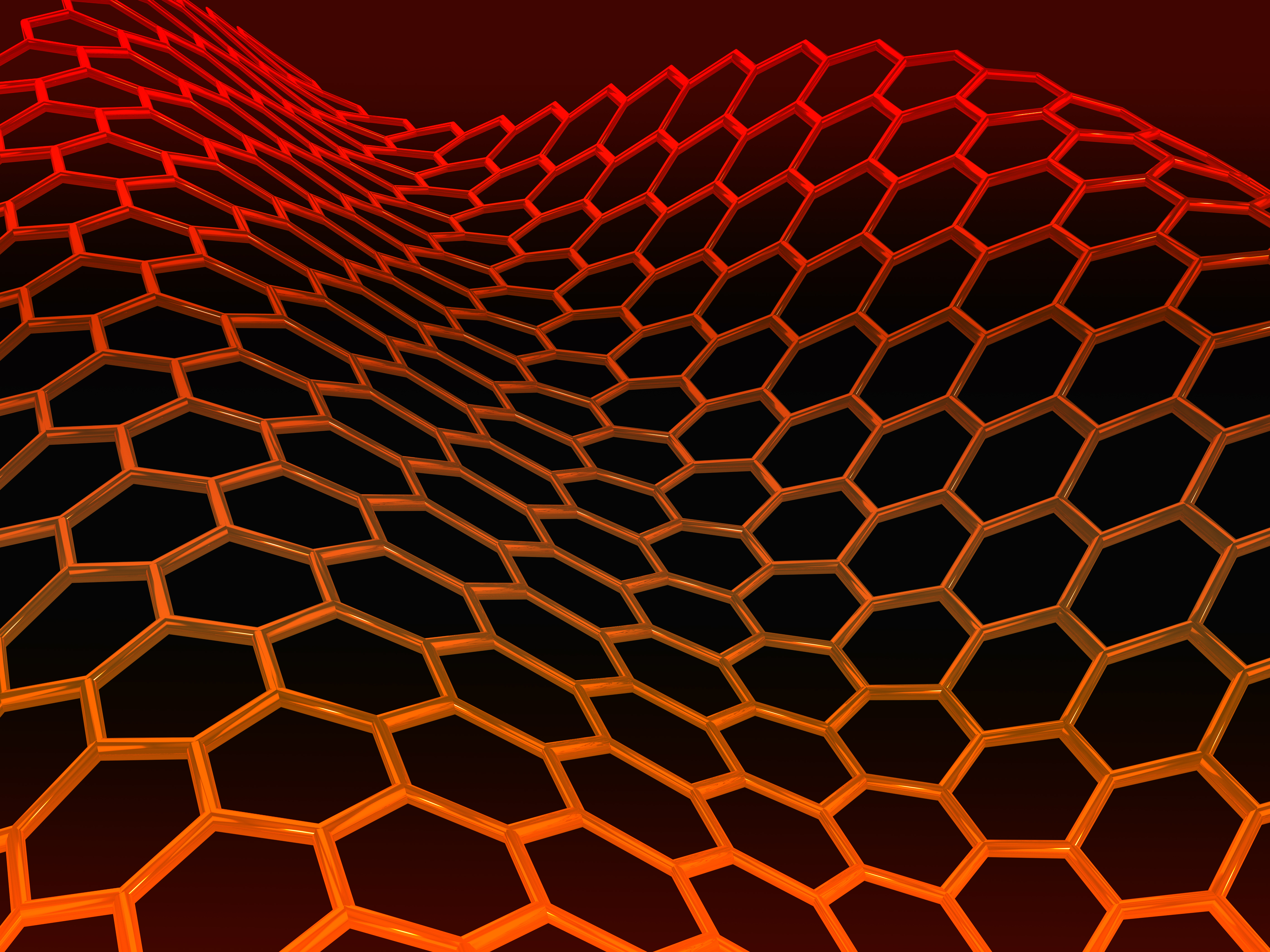
A careful balance of the ingredients in carbon-capture materials would maximize the sequestration of greenhouse gases while simplifying the processing — or “sweetening” — of natural gas, according to researchers at Rice University.
The lab of Rice chemist Andrew Barron led a project to map how changes in porous carbon materials and the conditions in which they’re synthesized affect carbon capture. They discovered aspects that could save money for industry while improving its products.
The research appears this month in the Royal Society of Chemistry’s Journal of Materials Chemistry A.
The lab compared how characteristics of porous carbon, often manufactured in pellet form, affect carbon dioxide capture. Temperature, pressure, the material’s surface area, the size of its pores and what elements are added all impact results, Barron said. He said the map will influence how carbon capture research is carried out from now on.
“The traditional sense has been the more surface area and the greater the porosity of the material, the better it will adsorb,” Barron said. “So people have been synthesizing materials to maximize both. It turns out that’s kind of a dead area of research because once you get to a critical number, no matter how high you get after that, they don’t improve absorption.
“What we’ve done is provide a recipe to make carbon capture materials the best they can be,” he said.
The researchers made a variety of porous carbon materials from sources like pulverized coconut shells and sawdust and treated them with potassium hydroxide to give the grains nanoscale pores. Some batches were enhanced with nitrogen and some with sulfur; these have been studied as additives to make materials more adsorbent. The researchers used a variety of precursors to synthesize porous carbon-based sorbent materials chemically activated at temperatures between 500 and 800 degrees Celsius (932 to 1472 degrees Fahrenheit) and carefully measured their carbon dioxide-capturing capacities at pressures between 0 and 30 bar. (One bar is slightly less than the average atmospheric pressure at sea level.)
Regardless of the functional additives, experiments showed that once a sorbent material achieved a surface area of 2,800 square meters per gram and a pore volume of 1.35 cubic centimeters per gram, neither more surface area nor larger pores made it more efficient at capturing carbon dioxide.
“Trying to make something with a higher pore volume doesn’t help,” Barron said. “Higher surface area doesn’t help. Once you get to a certain point, no matter what you do, you’re not going to get any better with a certain material.”
The researchers also discovered the best conditions for carbon capture aren’t the same as those that achieve the best trade-off between carbon and methane selectivity. An ideal material would capture all the carbon dioxide and let all the energy-containing methane pass through, Barron said.
“The barrier where it doesn’t help you any more is different for the total uptake of carbon dioxide than it is for the selectivity between carbon dioxide and methane,” he said. “Industry doesn’t have to be making the highest-surface-area material. They just have to make it with a surface area that reaches maximum production.”
They determined a material with less than 90 percent carbon and enhanced by oxygen, rather than nitrogen or sulfur, worked best for both carbon capture and methane selectivity, especially for materials activated at temperatures approaching 800 degrees Celsius. Materials with a surface area above 2,800 square meters per gram excelled at absorbing carbon dioxide at pressures of 30 bar, but the advantages of such high surface area diminished at lower pressures.
The presence of oxygen, added by the pore-inducing potassium hydroxide, was far more relevant to the results than either nitrogen or sulfur, they found.
“We understand oxygen is important,” Barron said. “We don’t understand why. Does it stabilize certain pore structures? Is it because it stabilizes the pore neck? Is it changing the shape of pores? We don’t know whether it’s a chemical or physical issue, but now we know what we should study next.”




